For decades, astronomers believed that super-massive black holes exist at the very center of massive galaxies. So far, given their nature, all attempts to observe and study them has been confined to indirect methods. Now the history has been made on April 12th, 2017, changing all that, when an international team of astronomers captured the first-ever image of Sagittarius A*.
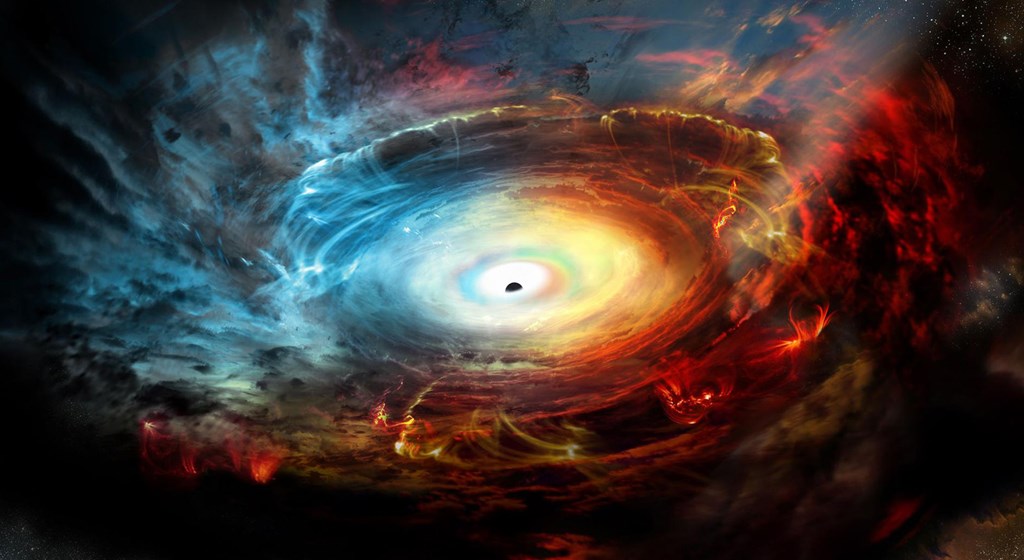
Artist’s Illustration of Sagittarius A*
In order to achieve this astronomers used a series of telescopes around the globe, collectively known as Event Horizon telescope (EHT). Whereby widely-space radio dishes from across the globe are connected into an Earth-sized virtual telescope, is known as Very LongBaseline Interferometry (VLBI).
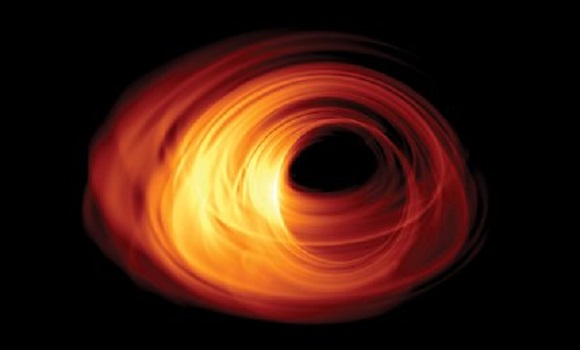
Simulated view of a black hole. Credit: Bronzwaer/Davelaar/Moscibrodzka/Falcke/Radboud University
With the help of Event Horizon telescope scientists were able to visualize the mysterious region around this massive black hole from which matter and energy cannot escape – i.e. the event horizon. This was also the most extreme test of Einstein’s Theory of General Relativity ever attempted.
The Event Horizon Telescope started studying our galaxy’s central Black hole, located about 25,000 light years from Earth, in 2006. With help of data obtained by EHT astronomers were able to determine whether or not black holes are surrounded by an orbital region from which nothing can escape (which is predicted by General Relativity).
Michael Bremer who is an astronomer at International Research Institute for Radio Astronomy (IRAM) and also a project manager for the Event Horizon Telescope, said:
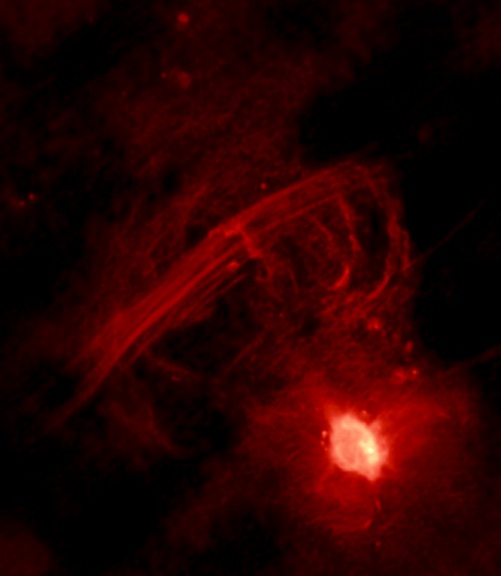
Sagittarius A* seen in radio. This is one of the most amazing images ever taken of a Black HoleImage credit: Farhad Zadeh, VLA, NRAO, APOD
“Instead of building a telescope so big that it would probably collapse under its own weight, we combined eight observatories like the pieces of a giant mirror. This gave us a virtual telescope as big as Earth—about 10,000 kilometers (6,200 miles) is diameter.”
You can read about the more technical stuff, that how astronomers used EHT to capture the first image of the Black Hole here. An astronomer from Radbound University who now chairs the Scientific Council of EHT explained in an EHT press release:
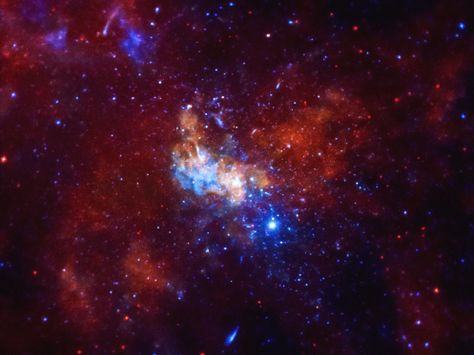
“It is the challenge of doing something, that has never been attempted before. It is the start of an adventurous journey towards a black hole… However, I think we need more observation campaigns and eventually more telescopes in the network to make a really good image.”
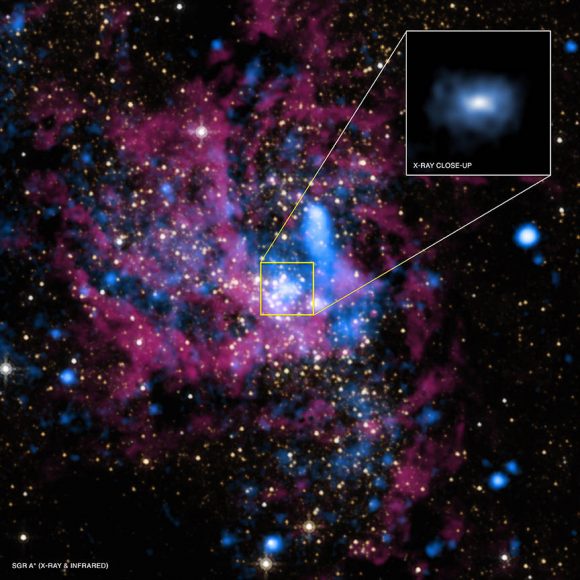
Combined image of Sagittarius A* shown in x-ray (blue) and infrared (red), delivered by the Chandra Observatory and the Hubble Space Telescope. Credit: X-ray: NASA/UMass/D.Wang et al., IR: NASA/STScI
With time, the further study of black holes will allow us to finally determine how gravity and the other essential forces of the Universe interact. At long last, we will be able to understand all of existence as a single, unified equation!

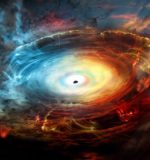


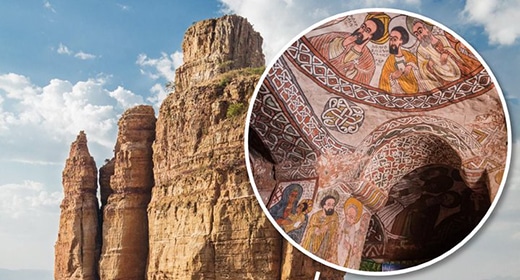
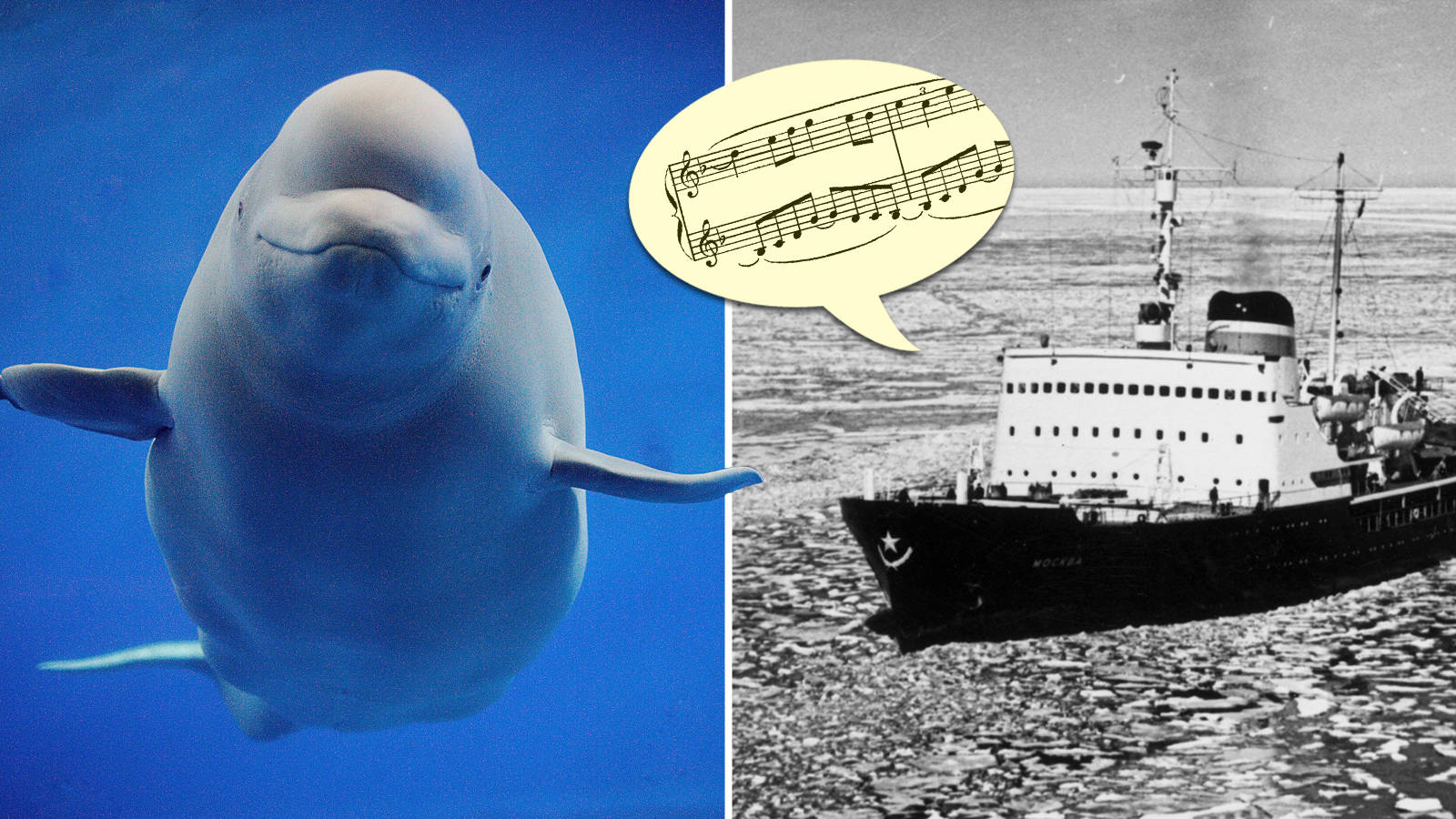


 Photographer Finds Locations Of 1960s Postcards To See How They Look Today, And The Difference Is Unbelievable
Photographer Finds Locations Of 1960s Postcards To See How They Look Today, And The Difference Is Unbelievable  Hij zet 3 IKEA kastjes tegen elkaar aan en maakt dit voor zijn vrouw…Wat een gaaf resultaat!!
Hij zet 3 IKEA kastjes tegen elkaar aan en maakt dit voor zijn vrouw…Wat een gaaf resultaat!!  Scientists Discover 512-Year-Old Shark, Which Would Be The Oldest Living Vertebrate On The Planet
Scientists Discover 512-Year-Old Shark, Which Would Be The Oldest Living Vertebrate On The Planet  Hus til salg er kun 22 kvadratmeter – men vent til du ser det indvendigt
Hus til salg er kun 22 kvadratmeter – men vent til du ser det indvendigt  Nearly Frozen Waves Captured On Camera By Nantucket Photographer
Nearly Frozen Waves Captured On Camera By Nantucket Photographer  It’s Official: Astronomers Have Discovered another Earth
It’s Official: Astronomers Have Discovered another Earth  Meteorite That Recently Fell in Somalia Turns Out to Contain Two Minerals Never Before Seen on Earth
Meteorite That Recently Fell in Somalia Turns Out to Contain Two Minerals Never Before Seen on Earth  Superknepet – så blir snuskiga ugnsformen som ny igen!
Superknepet – så blir snuskiga ugnsformen som ny igen! 
mz5mix